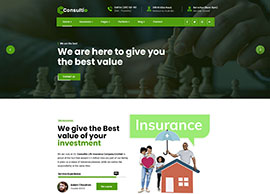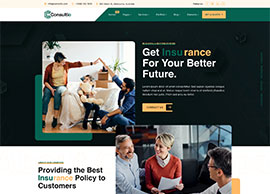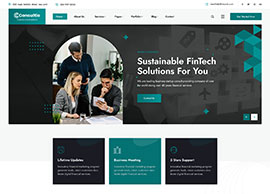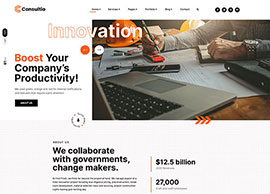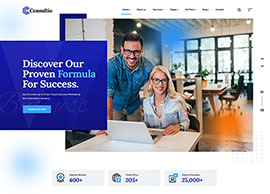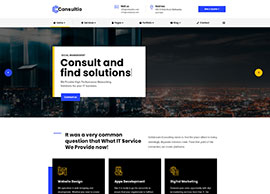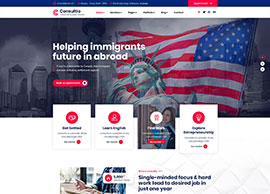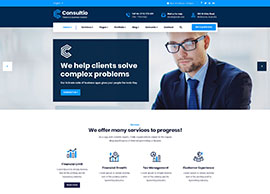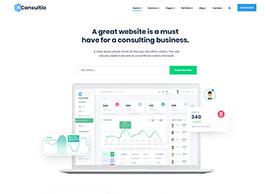Two weeks ago, I had to send 5 LB Priority Mail® packages to my team scattered around the country and was amazed at how difficult it was to find the best rate and packaging options. You still can put it in your own box and bring it to the USPS, but you would be paying a much higher rate. The goal of this article is to educate you on the best ways to mail these items at the lowest prices, with the fewest steps.
Send Light Weight Items First-Class Mail® over Priority
Priority Mail® from the USPS is for large envelopes or boxes (Over 13 ounces) that have a delivery objective of 1-3 days throughout the US. This is the same delivery time as First-Class Mail® (Letters, flats and parcels). I see many companies send light weight items Priority Mail® because they think it will get faster delivery, but this is not the case. Save your money and send these out First-Class if the package is 13 ounces or less. Also, most Priority Mail® rates are zone based, meaning that the farther away from your destination, the more expensive it costs, where First-Class Mail® rates are the same regardless of where you are sending the item.
Commercial Base™ and Commercial Plus™ – (Up to 32% Savings!)
There are additional discounts from 2-32% off the retail rates (What is paid at the USPS counter), for mailers who submit their pieces through an IBI meter (Most mailing systems from the last 5 years), PC Postage, Click-N-Ship (USPS.com) or a permit imprint. There are two different tiers of savings:
Commercial Base™ – 2-21% discount for single piece rates that you can get for all of your packages.
Commercial Plus™– This is an additional 1-15% discount if you send 5,000 pieces at one time or 75,000 total pieces in the previous calendar year, or who have a customer commitment agreement with USPS. This can be for a combined volume across multiple locations.
Look at the chart below to see how the savings can dramatically impact the cost to ship an item. As a general rule, the savings are the largest for items going to closer zones at heavier weights.
Electronic Confirmation Services – Up to 100% Savings!
The USPS has been enhancing their tracking capabilities and offers Delivery and Signature Confirmation for Priority Mail®. Inside each of these categories they have a Retail and Electronic rates.
- The retail fee ($.75 for Delivery Confirmation and $2.55 for Signature Confirmation) can be purchased at your local Post Office™ or you can get supplies that can be used in your office through a postage meter.
- The electronic fee (FREE! for Delivery Confirmation and $2.10 for Signature Confirmation) is for mailers who purchase postage online (for example, using Click-N-Ship®) or are capable of sending and receiving electronic files of their shipments. Postage Meter vendors will typically offer this function as an optional item at an additional fee. PC Postage providers can also provide this service.
The Box Matters
The most confusing area of finding the best rate has to do with choosing the right box. You are always welcome to use your own, but the USPS has some free packaging options that may make sense based on the density of your item and the distance it needs to travel.
They have Flat Rate Boxes where we have all heard the ads “If it fits it ships”. This is great if you are sending dense items like paper or electronics, but can cost you more if it you are sending large, but light weight items.
Recently they came out with Regional Rate Boxes. These boxes are provided by the USPS at no charge, are larger than the Flat Rate Boxes, and can fit up to 25 LB’s. The big difference is that these are zone based, where they charge more the farther the item travels.
Here is where it can get confusing. I was trying to send a 5 LB box to my team scattered around the country. I needed to use a medium size box because of the contents of what I was sending. My local post office did not have the regional rate boxes on site, which they indicated needed to be ordered on USPS.com. If I used the Medium Flat Rate box, it could cost me more for zone 1-4($10.85 vs. $6.91-9.32) and less for zone 5-8 ($10.85 vs. $12.50-17.88).
My point is if you are sending a lot of Priority Mail®, the way you send can make a big impact on rates. If your items are dense and going to far zip codes, the USPS free packaging may be a great option.
Pay Attention to Larger Items
Just like UPS and FedEx, the USPS has Dimensional Weight surcharges when the item is above a specific size. To add to this confusion, the USPS has two different ways they calculate this based on the distance traveled.
Balloon Rate – Parcels going to zone 1-4 that weigh less than 20lb’s, but measure more than 84” in combined length and girth (But not more than 108”), are charged at the 20LB rate. (Calculated as Length (Longest Side) + Girth (Area around))
Dimensional Rate – Parcels going to zone 5-8 that exceed 1 cubic foot (1,728 cubic inches) are charged based on the actual weight or the dimensional weight, whichever is greater. To determine the Dimensional Rate for a rectangular parcel: Measure the Length, Width, and height in inches. Round up each measurement. Length X Width X Height. If the results exceed 1,728 Cubic Inches, divide by 194 and round up. This is the weight to use for your item.
Let’s say you have a box that is 18” X 18” X 18”, that is 10 lbs., needs to be sent to zone 2 and another that needs to be sent to zone 7.
- Zone 2, 10 LB Box – goes from $9.95 to $15.78 because it is now rated as a 20LB item.
- Zone 7, 10 LB Box – goes from $26.63 to $53.08 because it is now rated as a 31 LB item.
As a best practice, when you are ordering your boxes, make sure to know which will require this surcharge. This is very important for shippers who pass on freight costs. Oftentimes, they will not see the extra surcharge until they get the carrier invoice (Or there postage due account) and it is then too late to charge their customer for the additional fee.
Which Carrier Should I use?
Of course there are no simple answers, but here are some guidelines to consider. Many companies will have negotiated rates with UPS and FedEx that can make them less expensive. Here are some areas where it makes sense to rate shop between these private carriers and USPS.
- Items less than 10 lb’s. The private carriers charge heavy surcharges for residential delivery, delivery area surcharges and rural area fees that can make the Priority Mail® less expensive than even Ground rates.
- Items less than 1LB – Consider moving these to First-Class Mail® Parcel which is rated by the ounce vs. the pound. Rates starting less than $2 vs. >$5 for UPS and FEDEX base rates. You can have tracking added to these items at no cost as discussed above.
As you can see, how you ship an item, even within just the USPS, is not an easy question. How the item is processed, tracked, boxed and rated can make a big impact. Hopefully this article arms you with the tools to know what to look for to make sure you are mailing your pieces at the lowest prices and with the fewest steps.






